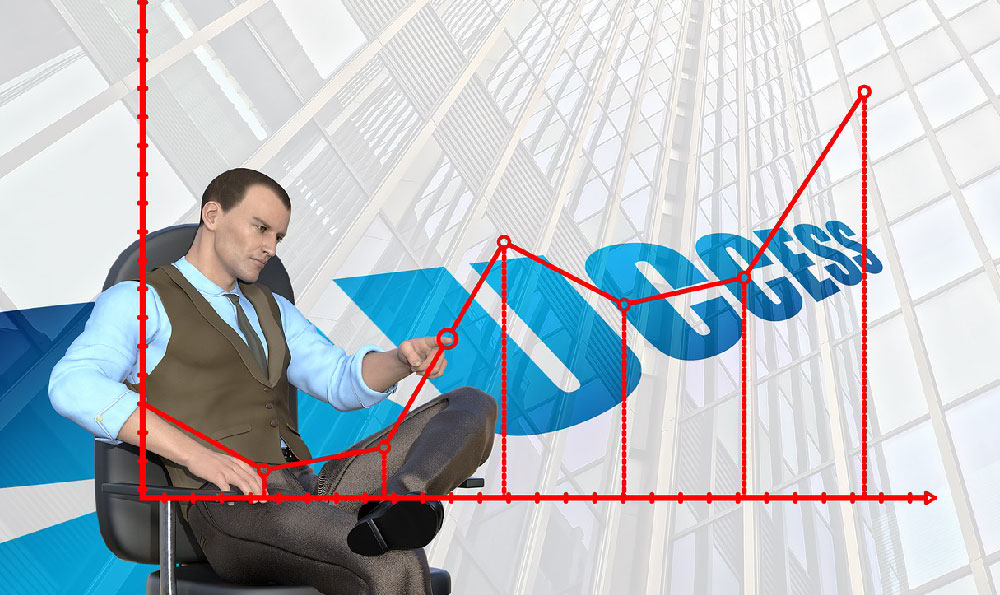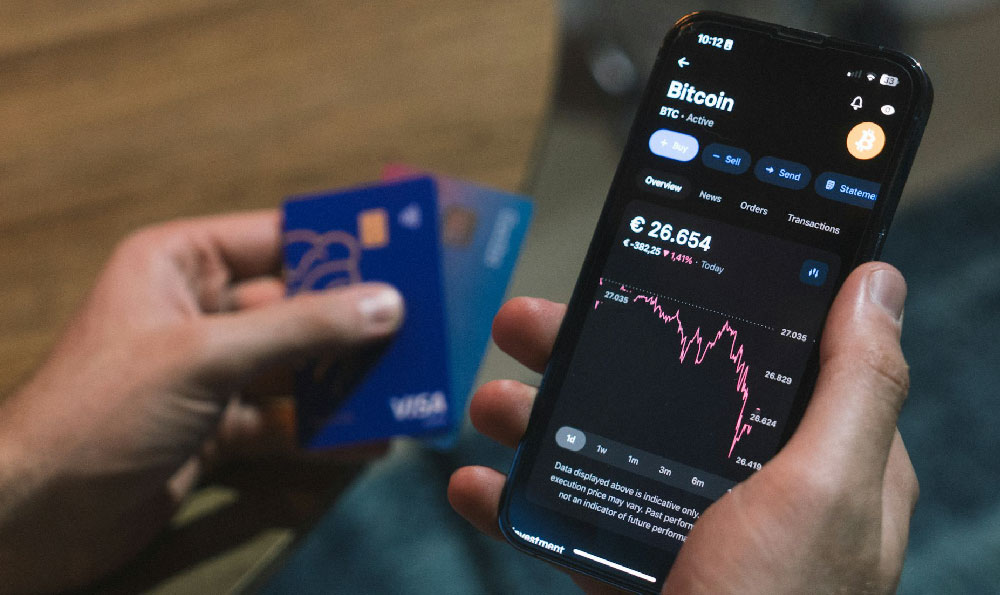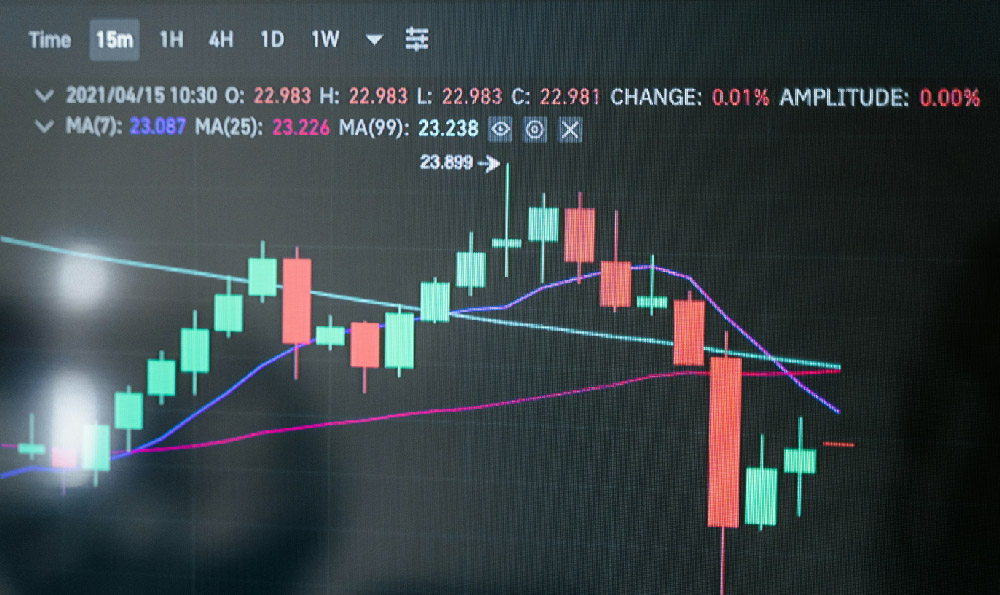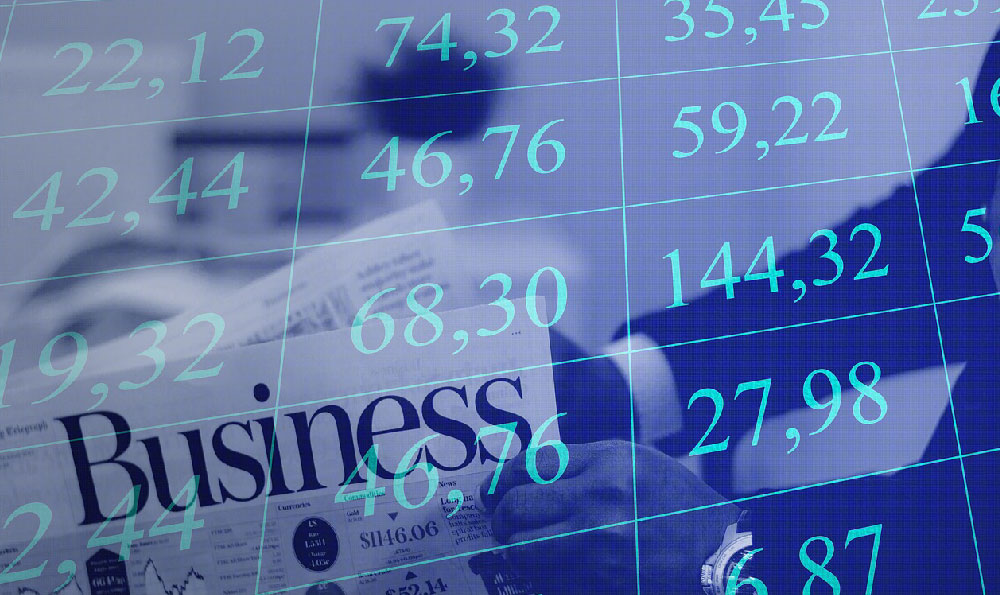
The glitz and glamour of the NFL often conjure images of highly paid athletes, lucrative endorsement deals, and extravagant lifestyles. However, a stark contrast exists when examining the compensation of another integral part of the game-day experience: NFL cheerleaders. While they contribute significantly to the atmosphere and entertainment value of games, their earnings often fall far short of expectations and are a subject of ongoing debate and scrutiny.
Understanding the pay structure for NFL cheerleaders requires acknowledging the unique nature of their employment. They are typically classified as part-time employees or independent contractors, not as full-time employees of the NFL teams. This classification allows teams to avoid providing certain benefits and paying minimum wage for all hours worked, which can include rehearsals, practices, appearances, and game days.
The specific amount NFL cheerleaders earn varies considerably depending on the team, their experience, and the specific terms of their contract. However, on average, they often receive a modest hourly wage, typically hovering around the local minimum wage or slightly above. For each game day, they might earn a flat fee, which could range from $75 to $150. This figure can be affected by the team's market size, the cheerleader's tenure, and the responsibilities they hold within the squad.

Beyond game days, cheerleaders are frequently required to participate in numerous rehearsals and practice sessions each week. These sessions can be physically demanding and time-consuming, often requiring several hours per practice. However, compensation for these activities is not always guaranteed or may be significantly lower than the game-day rate.
Furthermore, NFL cheerleaders often represent their teams at promotional events, charity appearances, and corporate gatherings. These appearances can be crucial for generating revenue and enhancing the team's public image. Cheerleaders might receive additional compensation for these appearances, but it's not always a given, and the pay can be quite variable. The rates could range from a small stipend to a more substantial fee, depending on the event's nature and the team's policies.
The disparity between the perceived value of NFL cheerleaders and their actual compensation has sparked considerable controversy and legal action. Several lawsuits have been filed against NFL teams, alleging wage theft, minimum wage violations, and other labor law infractions. These cases have shed light on the financial realities faced by cheerleaders and have raised questions about the fairness of their compensation structure.
One of the central arguments in these lawsuits is that NFL cheerleaders are essential to the game-day experience and contribute significantly to the league's profitability. The NFL generates billions of dollars in revenue annually, and cheerleaders are seen as an integral part of the product being offered to fans. Therefore, advocates argue that they deserve fair compensation that reflects their contributions and the value they bring to the organization.
Another issue is the expenses that cheerleaders incur while performing their duties. In addition to their time commitment, cheerleaders are often responsible for covering some of their expenses, such as uniform maintenance, hair and makeup costs, and travel expenses to and from practices and appearances. These costs can quickly add up and further diminish their already limited earnings.
The legal challenges and public pressure have led some NFL teams to re-evaluate their compensation practices and implement changes to improve the pay and benefits of their cheerleaders. Some teams have increased hourly wages, provided more comprehensive benefits packages, and offered reimbursement for certain expenses. These improvements are a step in the right direction, but significant disparities still exist across the league.
Beyond the financial aspects, the role of an NFL cheerleader often demands a high level of commitment, dedication, and athleticism. Cheerleaders are expected to maintain a certain physical fitness level, learn complex dance routines, and project a positive image both on and off the field. They must also be skilled communicators and brand ambassadors for their teams.
In recent years, there has been a growing movement to recognize the contributions of NFL cheerleaders and advocate for fair compensation and improved working conditions. This movement has gained momentum through social media campaigns, public awareness initiatives, and legal advocacy. As a result, there is increasing scrutiny on the NFL and its teams to address the issue of cheerleader pay and ensure that they are treated fairly and with respect.
The debate surrounding NFL cheerleader pay highlights the broader issue of fair labor practices and the value of marginalized workers in the sports industry. It serves as a reminder that the success of the NFL is not solely attributable to the athletes on the field but also relies on the contributions of a diverse group of individuals who work tirelessly behind the scenes. Ultimately, the goal is to create a more equitable and sustainable system that recognizes the value of all those who contribute to the NFL experience, including the cheerleaders who bring energy and enthusiasm to every game.
The situation also underlines the power dynamics at play. Many young women aspire to be NFL cheerleaders, viewing it as a prestigious opportunity. This high demand can contribute to teams feeling less pressure to offer significantly higher pay. The allure of the NFL brand, the chance to perform in front of massive crowds, and the associated social status often outweigh the financial realities for aspiring cheerleaders.
Furthermore, the lack of a union representing NFL cheerleaders further hinders their ability to negotiate for better pay and working conditions. Without collective bargaining power, individual cheerleaders are often at the mercy of the teams' policies and practices. The formation of a union could potentially provide cheerleaders with a stronger voice and the ability to advocate for their rights more effectively.
In conclusion, the earnings of NFL cheerleaders are often surprisingly low, considering the demands of the job and the value they bring to the game-day experience. While some progress has been made in recent years to improve their pay and benefits, significant disparities still exist across the league. The ongoing legal challenges and public pressure highlight the need for continued reform and a more equitable compensation structure that recognizes the contributions of these dedicated performers. It is crucial for the NFL and its teams to address this issue and ensure that NFL cheerleaders are treated fairly, respectfully, and compensated adequately for their hard work and dedication.





